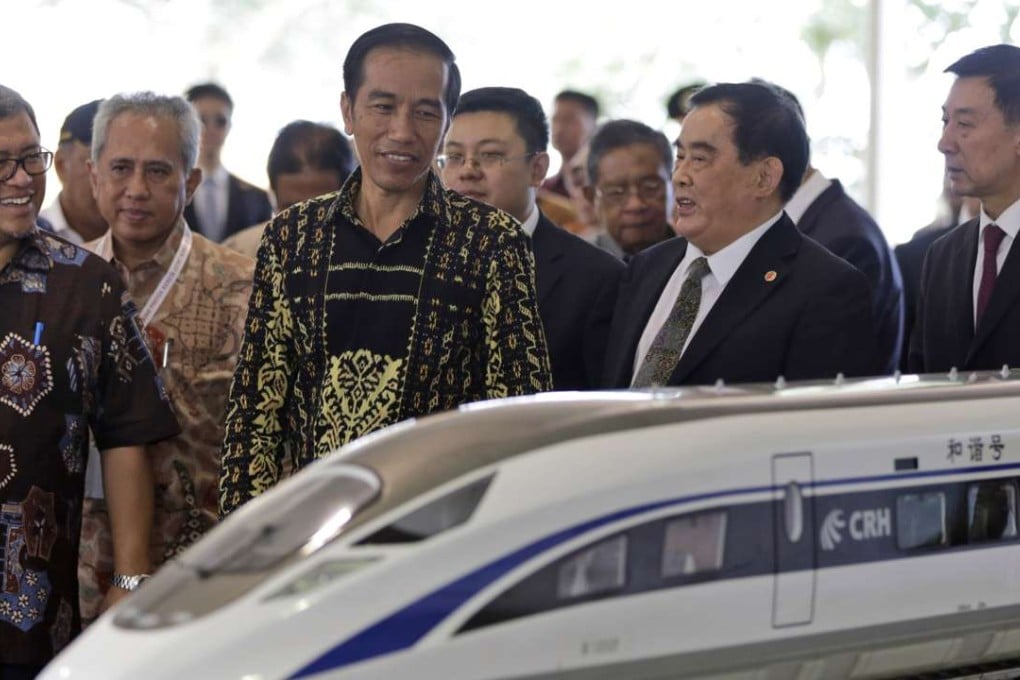Why does Indonesia cling to its plagued Chinese infrastructure projects?
Shelved high-speed rail line just another project that ran aground on litany of problems

China’s signature US$5.1 billion Jakarta-Bandung high-speed rail project has been shelved for now. But Chinese infrastructure developers are still taking a dominant position in Indonesia’s ambitious 35,000MW electricity expansion.
That’s surprising, given the disastrous 10,000-megawatt (MW) “crash” power programme, which finished years behind schedule and left state-run power supplier PLN with serious maintenance and performance issues.
The crash programme started under the previous Susilo Bambang Yudhoyono administration was aimed at averting a coming power crisis. Chinese-led consortiums built all but one of the largest coal plants using lo-tech boilers and second-hand equipment.
Can tax amnesty coax Indonesians into baring their assets?
Foreign independent power producers normally build, own and operate their state-of-the-art plants. But the Chinese simply walked away once the stations were finished.
During his first visit to Beijing for the November 2014 Asia-Pacific Economic Cooperation summit, President Joko Widodo pressed the Chinese to clean up the mess.

They reportedly agreed to send engineers to fix some of the problems with the nine stations on Java, which were running at far below capacity. But that never happened. By mid-2016 only 7,000MW were operating efficiently.